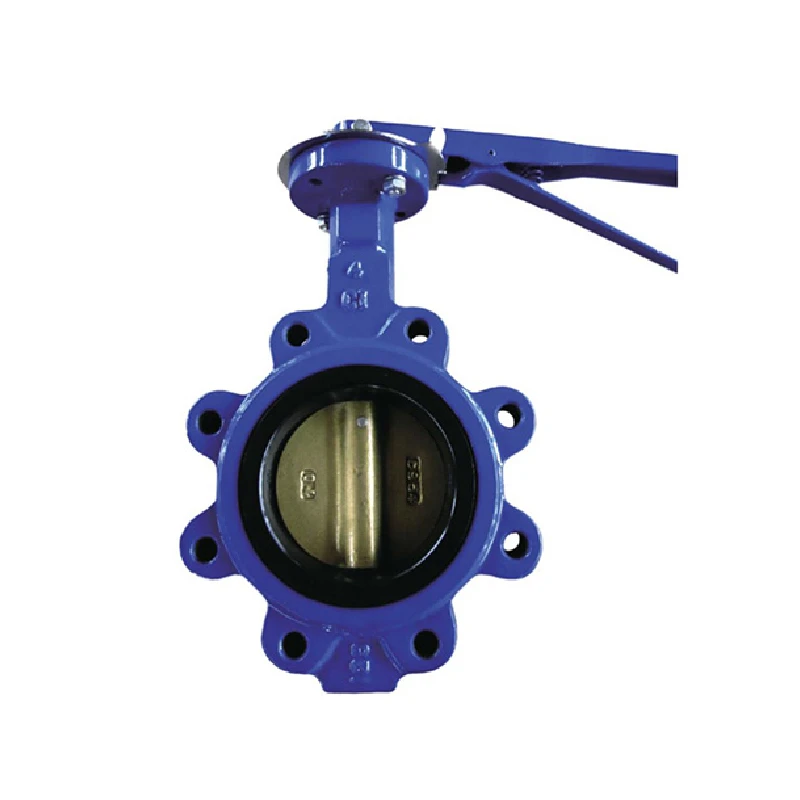Dec . 19, 2024 13:47 Back to list
Flanged Ball Valve Specifications and Applications for Efficient Fluid Control
Understanding Ball Valve Flange Types An Essential Guide
When it comes to industrial applications, the choice of valves is critical for the efficient operation of various systems, especially in fluid control. Among different types of valves, the ball valve stands out due to its reliability, durability, and ability to provide a tight seal. One of the key considerations when selecting a ball valve is the type of flange, which directly impacts installation, maintenance, and overall functionality. This article aims to delve into the intricacies of ball valve flange types, offering insights into their characteristics, applications, and selection criteria.
What is a Ball Valve?
A ball valve is a quarter-turn valve that uses a spherical disc, the ball, to control the flow of fluid. In its open position, the ball's hole aligns with the flow direction, allowing fluid to pass through. When the valve is closed, the ball rotates to block the passage, thereby stopping the flow. The simplicity of this design contributes to the valve's effectiveness in applications ranging from residential plumbing to large-scale industrial processes.
Importance of Flange Types
Flanges are crucial components of any piping system, as they provide a stable connection point between two sections of piping or between a valve and the pipe. For ball valves, the flange type affects how the valve interfaces with the surrounding piping system. Choosing the right flange type ensures proper alignment, adequate sealing, and ease of maintenance, contributing to the overall efficiency and longevity of the system.
Common Flange Types
There are several types of flanges used in conjunction with ball valves, each designed for specific applications and environments. Here are some of the most common flange types
1. Weld Neck Flange This type features a long neck that allows for a gradual transition between the flange and the pipe, making it suitable for high-pressure applications. The weld neck design is particularly effective in environments where temperature fluctuations can lead to pipe expansion and contraction.
ball valve flange type

2. Slip-On Flange As the name suggests, this flange slips over the pipe and is then welded in place. While it is easier to fit than a weld neck flange, it may not be suitable for high-pressure systems due to the risk of leakage. Slip-on flanges are commonly used in lower pressure applications and are often more cost-effective.
3. Blind Flange A blind flange is used to close off the end of a piping system. It is essential in situations where maintenance is needed or when a future connection might be required. These flanges provide a strong seal and prevent the flow of fluids, making them a reliable choice for isolating sections of a pipeline.
4. Threaded Flange This flange has internal threads that allow it to screw onto the ends of threaded pipes. While they are easy to install, threaded flanges are not ideal for high-pressure applications due to the potential for leaks at the threaded joint.
5. Lap Joint Flange Typically used in conjunction with a stub end, lap joint flanges are versatile and can be easily disassembled for maintenance. They facilitate quick adjustments and are commonly found in process industries.
Selecting the Right Flange Type
When choosing the appropriate flange type for a ball valve, several factors must be considered
- Pressure and Temperature Ratings Ensure that the chosen flange can handle the operational conditions of the system. - Piping Material The flange material should be compatible with the piping system to prevent corrosion and ensure a long service life. - Application Requirements Depending on the specific application (e.g., chemical processing, water supply, gas transportation), certain flange types may be more suitable than others.
Conclusion
In conclusion, understanding the various types of flanges associated with ball valves is crucial for ensuring the efficiency and reliability of fluid control systems. By selecting the appropriate flange type based on the specific application's pressure, temperature, and material considerations, engineers and technicians can enhance system performance and longevity. Whether dealing with simple residential plumbing or complex industrial processes, a well-chosen ball valve flange can make all the difference in achieving optimal results.
Share
-
Reliable Wafer Type Butterfly Valves for Every IndustryNewsJul.25,2025
-
Reliable Flow Control Begins with the Right Ball Check ValveNewsJul.25,2025
-
Precision Flow Control Starts with Quality ValvesNewsJul.25,2025
-
Industrial Flow Control ReliabilityNewsJul.25,2025
-
Engineered for Efficiency Gate Valves That Power Industrial PerformanceNewsJul.25,2025
-
Empowering Infrastructure Through Quality ManufacturingNewsJul.25,2025